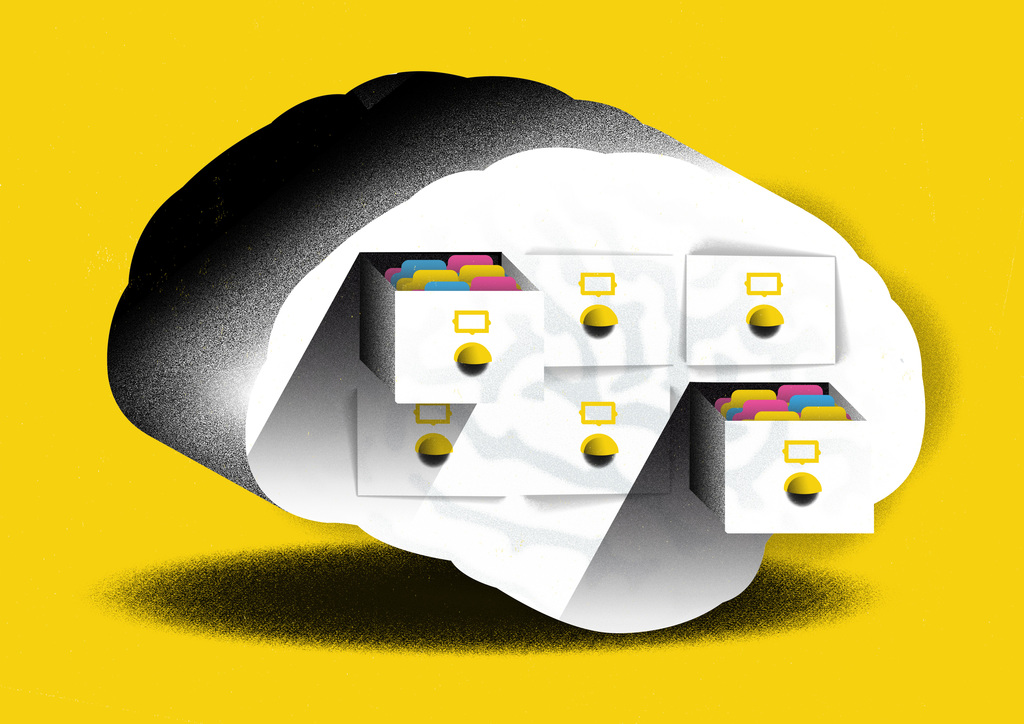Review coordinated by Life Science Editors Foundation Reviewed by: Dr. Angela Andersen, Life Science Editors Foundation & Life Science Editors. Potential Conflicts of Interest: None.
PUNCHLINE:
Neural differentiation during early human brain development is accompanied by precise and dynamic expression of tRNA-derived fragments (tDRs), revealing a new regulatory layer shaped by tRNA cleavage, modification, and sequence features.
BACKGROUND:
tRNA-derived fragments (tDRs), once considered byproducts of degradation, are now recognized as functional regulators implicated in diverse biological contexts—from metabolic diseases to cancer and neurovascular pathology. For instance, tDR tRF-3001a promotes neurovascular dysfunction in diabetic retinopathy via miRNA-like regulation, CAT1 tDR stabilizes NOTCH2 to drive tumorigenesis, and tRF-Val-CAC-024 tDR enhances glycolysis and metastasis in lung adenocarcinoma. These studies show tDRs can modulate gene expression, protein interactions, and cellular phenotypes. Despite increasing recognition of tDRs in pathology, their roles in normal human development—particularly neurodevelopment—remain poorly understood. This study addresses this gap by profiling tDR expression in human cerebral cortex organoids to explore how tRNA processing and modifications contribute to the emergence of neural cell identity.
QUESTIONS ADDRESSED:
Do tRNA-derived fragments exhibit neural-specific expression patterns during early human brain development?
What tRNA features (isotypes, sequences, modifications) are associated with tDR enrichment in neural versus stem-like states?
SUMMARY:
By applying ARM-seq (AlkB-facilitated RNA methylation sequencing) to cerebral organoids at progressive stages of cortical development, the authors mapped a dynamic landscape of tDRs. They identified 3′ tDRs from specific tRNA isotypes (e.g., Ala, Gly, Arg, SeC) that are selectively enriched in neurons, while 5′ tDRs dominate in earlier stem-like states. These neural-specific tDRs display conserved sequence motifs, modified nucleotides (e.g., m²²G26, m¹I37), and structured read coverage profiles, suggesting regulated processing rather than stochastic degradation. Clustering analyses revealed distinct tDR expression programs correlated with neural identity and modification signatures. These findings suggest that tRNA processing contributes to the RNA-based regulatory repertoire of human neurodevelopment.
KEY RESULTS
Cerebral Organoids Model Human Neurodevelopment
The authors validated their organoid model using immunostaining and small RNA profiles, confirming progression from stem cells to radial glia and cortical neurons over a 70-day differentiation period. Neural markers and expected small RNAs (e.g., miR-9, SNORD115) were enriched at late time points.
tDR Profiles Are Dynamic and Isoform-Specific
ARM-seq uncovered widespread and dynamic changes in tDRs across development. Notably, 3′ tDRs from Ala, Gly, and SeC tRNAs increase during neurogenesis, while 5′ tDRs from His, Thr, and Glu decrease. These changes were isodecoder-specific and often involved switch-like transitions in dominant fragment types.
Neural-Specific tDRs Have Unique Structural Features
tDRs enriched in neural samples shared conserved cleavage patterns and modifications. Neural-specific fragments clustered together in UMAP space and showed enrichment for motifs associated with known RNA -modifying enzymes (e.g., TRMT1, PUS3). Sequence conservation at key cleavage sites (e.g., position 40) suggested modified processing routes.
tDR Clusters Reflect Functional States
tDRs grouped into neural-favored, stem-favored, and neutral clusters based on read coverage, modification profiles, and sequence context. These clusters were dominated by specific tRNA isotypes, reinforcing a link between tDR origin and cell state.
STRENGTHS:
First map of neural-specific tDRs in human brain development using an organoid model and optimized small RNA sequencing.
Combines tRNA modifications and sequence features to explain stage-specific tDR generation.
Leverages ARM-seq with AlkB treatment to overcome known biases in modified tRNA sequencing.
Provides mechanistic hypotheses about how sequence motifs and modifications guide selective tDR biogenesis.
Connects developmental RNA processing to emerging roles of tDRs in disease and physiology, as shown in tRF-3001a, CAT1, and tRF-Val-CAC-024 studies.
FUTURE WORK:
What are the specific targets and functions of neural-enriched tDRs?
Do RNA modification enzymes like TRMT1 or PUS3 regulate tDR production during neurodevelopment?
Could dysregulated tDR profiles contribute to neurodevelopmental disorders similar to their roles in diabetic or cancer pathology?
FINAL TAKEAWAY:
This study adds a developmental perspective to the expanding field of tRNA fragmentation biology. It identifies a network of neural-specific tDRs that may play regulatory roles during human brain development. It builds on the concept of tDRs as programmed, functional molecules, highlighting a previously unrecognized layer of RNA-based regulation in neural differentiation—laying the foundation for future studies into how tRNA processing contributes to human brain function and disease.
